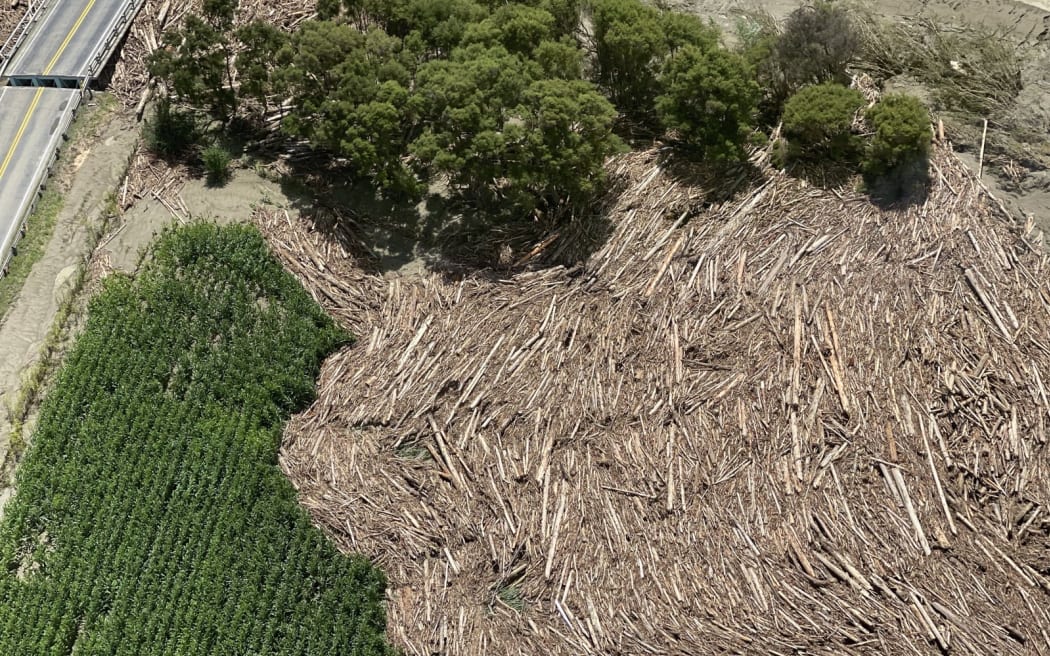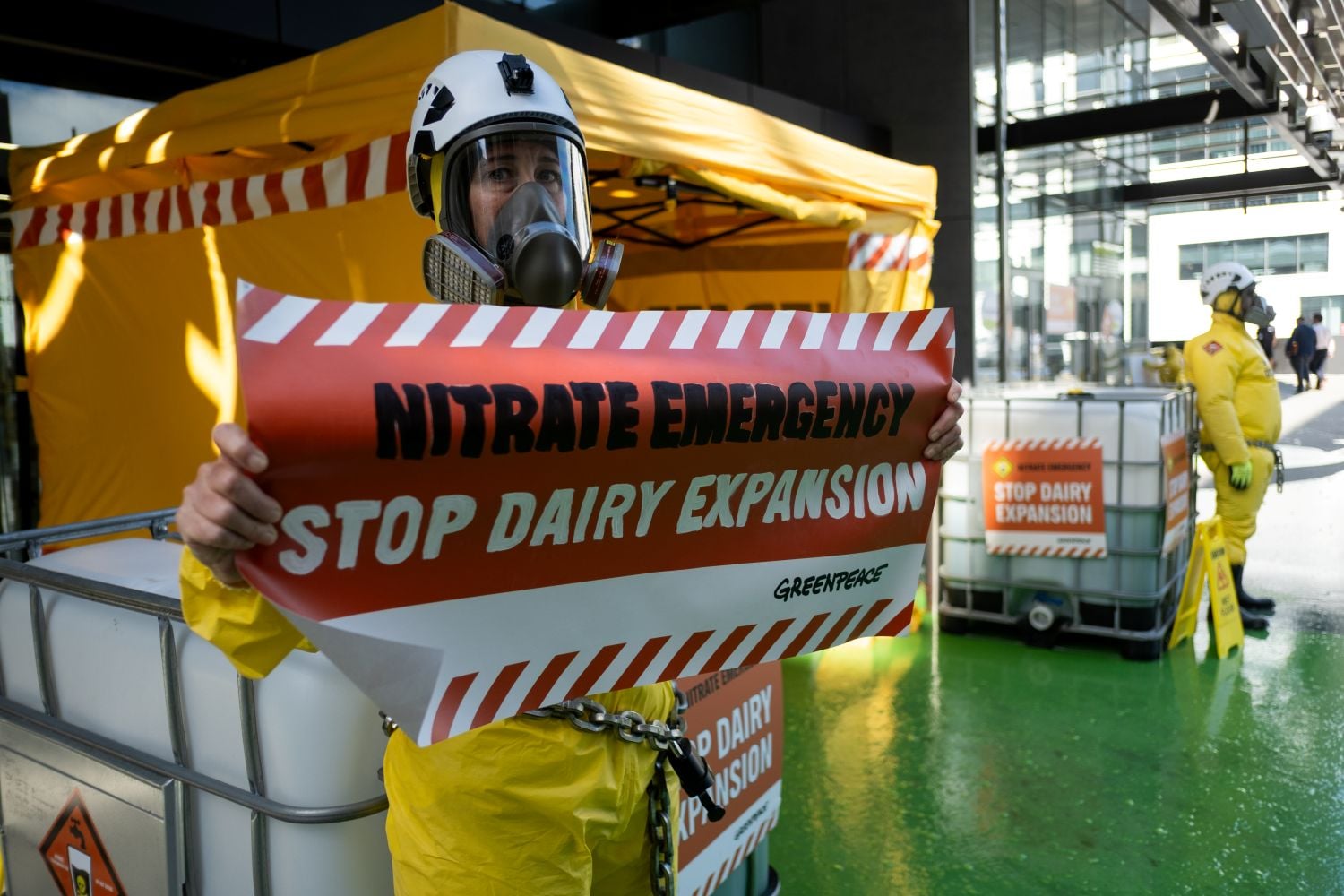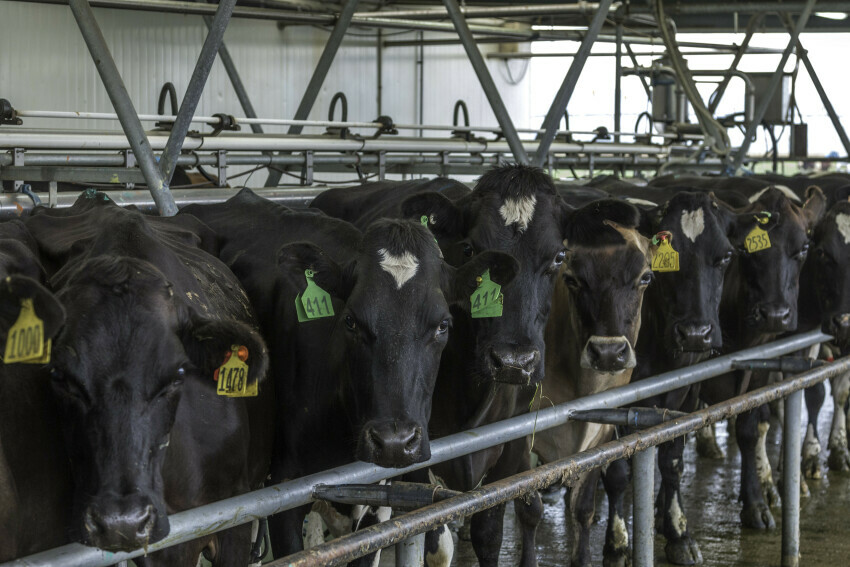While the rest of us are on holiday this summer, agricultural industry interests will be working on ‘He Waka Eke Noa’, the proposed tool for measuring, reporting and managing agricultural climate change pollution.
Agriculture contributes 48% of the country’s greenhouse gas emissions, and it’s been exempt from doing anything about it for far too long. It’s important that we measure and manage dairy industry greenhouse gas emissions in particular, which are 23% of the country’s total. However, He Waka Eke Noa just doesn’t cut it. A more simple solution is to reduce all those greenhouse gases to start with – by reducing the dairy herd and phasing out synthetic nitrogen fertiliser.
The ‘partners’ to He Waka Eke Noa include a full lineup of New Zealand’s worst greenhouse gas polluters. They include Federated Farmers, Dairy NZ, Irrigation NZ, Beef and Lamb NZ, the Meat Industry Association, the Deer Industry and the Dairy Company Association. In fact, the only major agricultural polluters missing from that gallery are the milk processing giant Fonterra – which emits more greenhouse gas emissions than NZ’s petrol companies – and fertiliser companies Ravensdown and Ballance, which facilitate emissions higher than any other sector.
But no matter how hard they try to sell it, He Waka Eke Noa is a complete lemon. For a start the project is inherently inequitable. While you and I remain accountable under the Emissions Trading Scheme (ETS) for all the emissions we generate, agriculture is given an almost complete free pass – reducing emissions by less than 1%.
The Government first exempted agriculture from the ETS in 2003. Later Governments promised that if no ‘satisfactory’ He Waka Eke Noa options were agreed, farming emissions would go into the ETS ‘like everyone else’. But the He Waka Eke Noa ‘backstop’ doesn’t treat the dairy industry like it treats everyone else. With reductions of only 1% a year it will take almost a century for farming emissions to reach the Government’s targets of zero emissions ‘by 2050’. So much for a climate emergency!
In addition to the ETS backstop, He Waka Eke Noa proposes a farm-level and a processor (fertiliser company) level option. But the thing is – no option will reduce emissions by more than a single percent or will achieve He Waka Eke Noa’s objectives to effectively reduce emissions while being credible and fair. The proposed options are also very demanding of farmers’ time and costly to administer: the farm-level option comes at a price of $142m to set up and $114m annually to run, and the processor option is not even costed.
It doesn’t have to be this way. We can transform New Zealand toward more plant-based regenerative and organic farming and away from intensive, polluting dairying. We can have thriving rural communities, where our farms are abundant with native bush and clear, cool rivers flourishing with life.
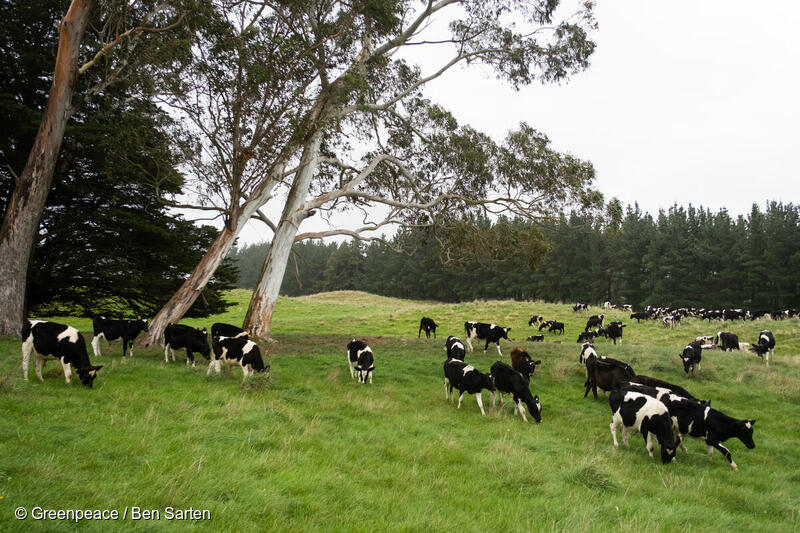
We’ll need smart political leadership and a whole lot of ambition and inspiration to make farming part of the climate solution, with policies such as a cap on cows & a phase-out of the synthetic nitrogen fertiliser that drives intensive dairying. But from whichever way you look at it – He Waka Eke Noa is not going to get us there. There’s no two ways about it; for the sake of equity and our climate, He Waka Eke Noa needs to be ditched and agriculture needs to join the Emissions Trading Scheme – no ifs and no buts.
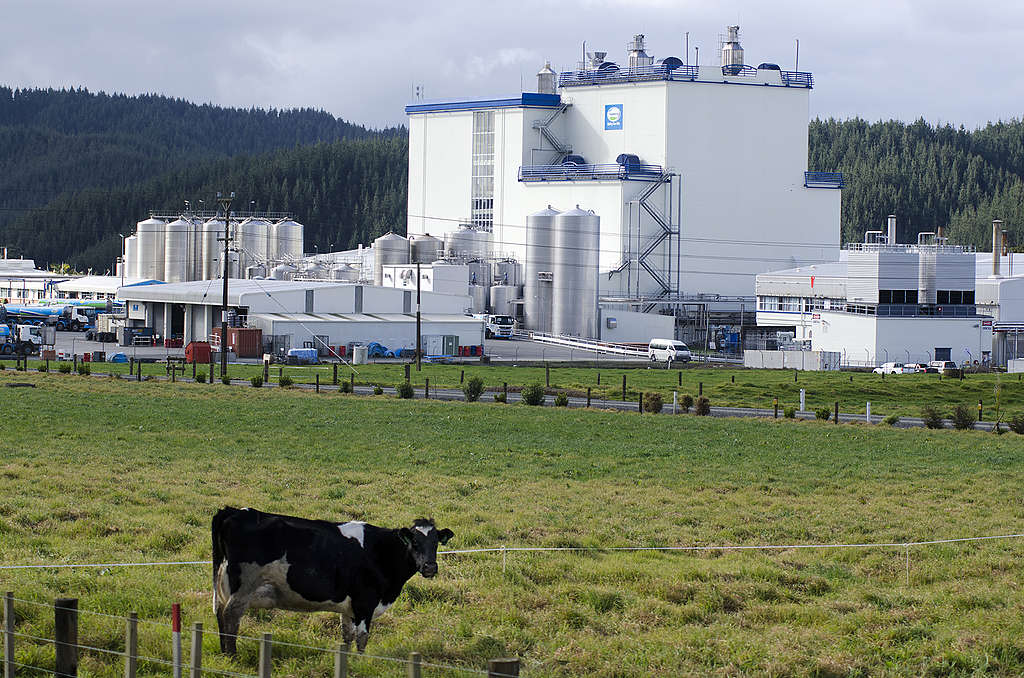
Join our call on the Government to go further than the Climate Commission’s inadequate recommendations and cut climate pollution from NZ’s biggest polluter: industrial dairying.
Take Action

